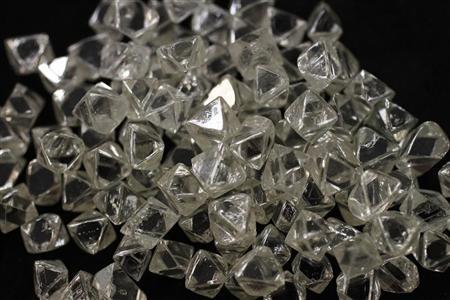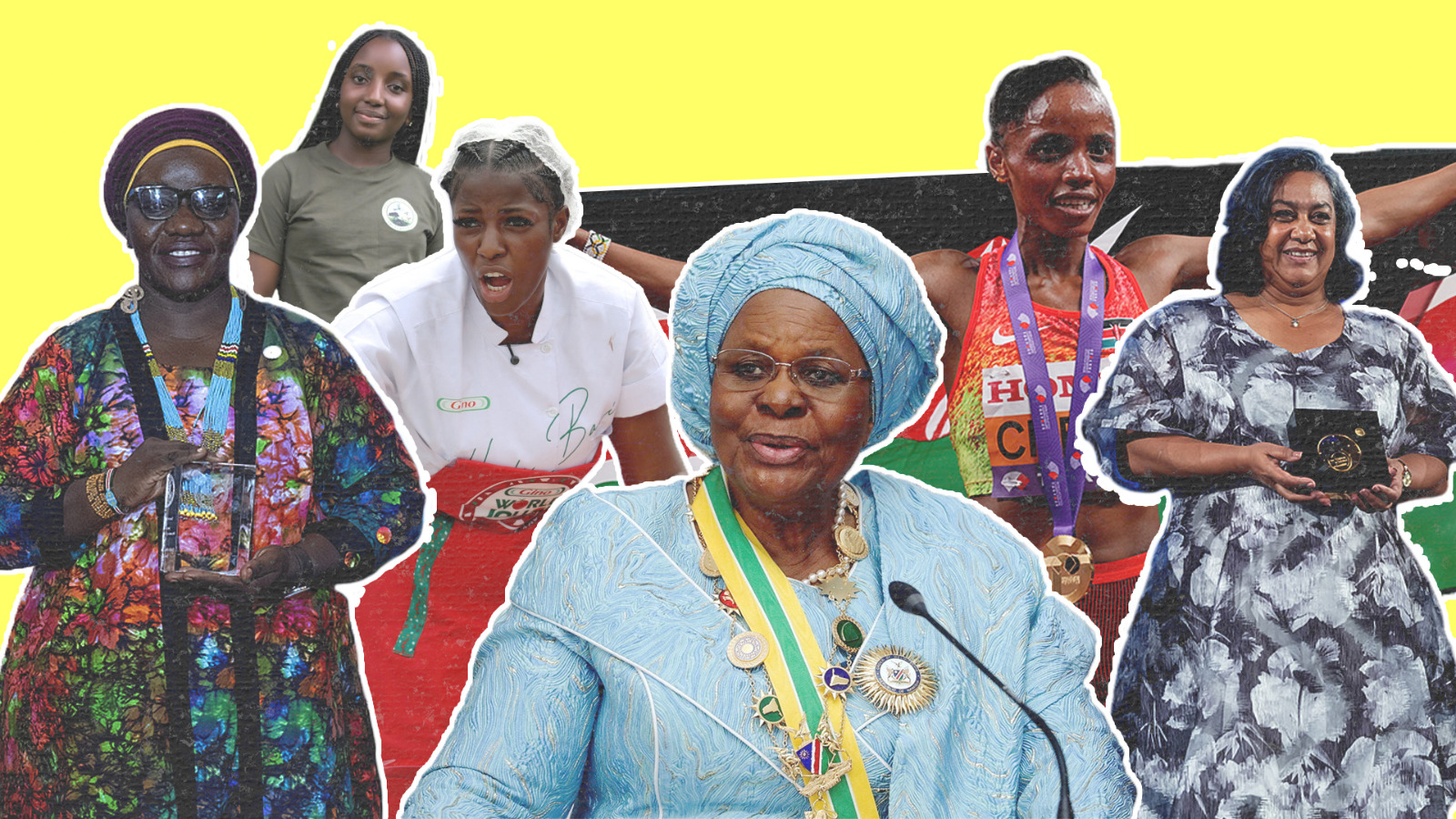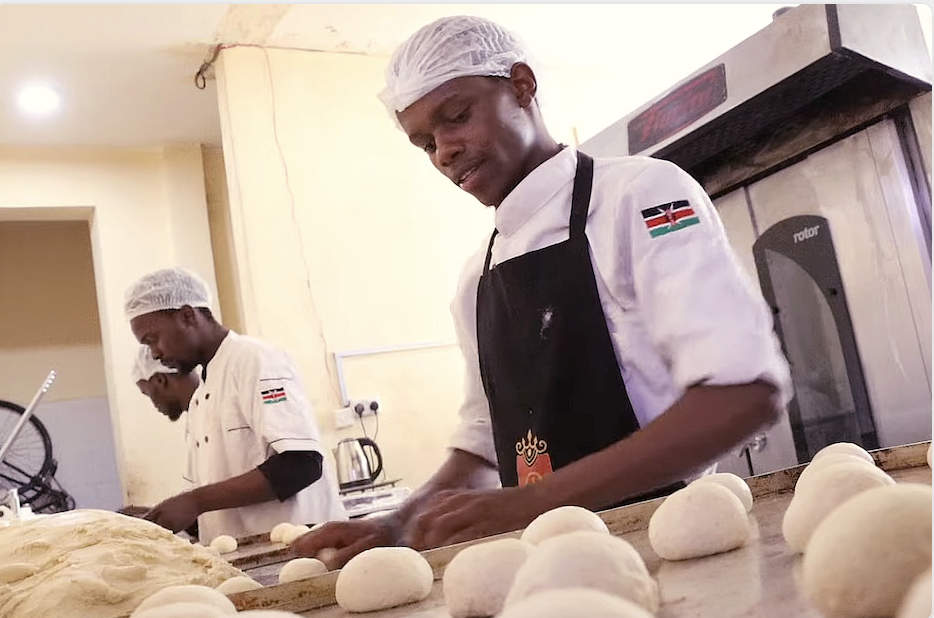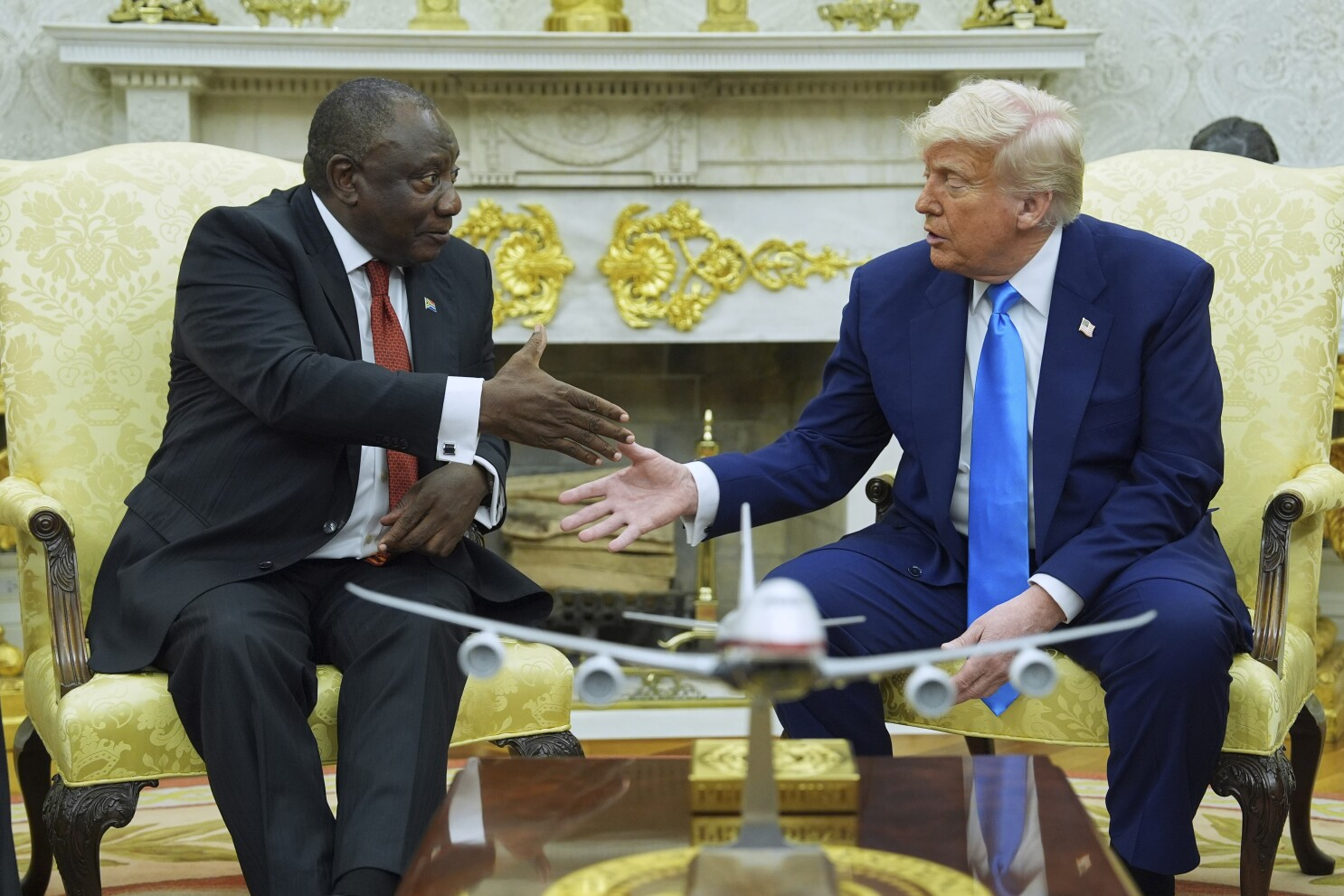
Africa’s leaders seek more from mining assets

For nearly six hours senior mining executives met privately with President Joseph Kabila in Kinshasa to debate the controversial mining code proposed for the Democratic Republic of Congo (DRC).
Heads of industry giants like Glencore, Ivanhoe and China Molybdenum had all flown in for the meeting. The new code, they argued, would knock back development of the DRC’s mining sector and dissuade international investment. Kabila disagreed. Two days later the president signed the code into law.
In the past 18 months tussles like these have been unfolding across the African continent. Rising commodity prices and ballooning market demand for minerals – especially base metals – have bolstered mining profits and African governments are looking for a greater slice of the pie. While this re-balance is long overdue, those in office must strike the delicate balance between securing a greater percentage of the proceeds and not spooking the miners.
For the past year commodity prices have been gradually rising after taking a fall in 2015. In turn, the mining sector has seen an influx of activity and investment as companies seek to capitalise on the boom. Kevin Van Wouw, CEO of gold and copper miner Cradle Arc, points out that their Mowana copper mine in Botswana was profitable at anything above $1.50 per pound. The current market price for copper is around $2.50 per pound and the uptick has prompted the company to arrange a $10m loan to significantly ramp up production. “The higher the price, the happier everyone becomes,” he says.
On the demand side, shifting consumer trends have seen prices rocket for certain materials. Cobalt, a metal used in long-life lithium-ion batteries, more than doubled in price in 2017. As consumer-driven trends motivate automobile manufacturers to turn to electric cars, which use batteries, cobalt is fast becoming one of the world’s most coveted metals.
68% of the world’s cobalt was produced in the DRC last year.



Africa is also home to 99% of the world’s remaining chrome, 85% of its platinum, 70% of its tantalite and 54% of its gold. Indeed, mineral exports constitute a large portion of GDP for many mineral-rich African countries. In Botswana, for example, diamonds make up more than 30% of GDP and 75% of foreign exchange earnings. In the context of a bullish market, therefore, governments look to increase these earnings by squeezing international mining companies and renegotiating a more level playing field.
Various tactics have been employed. As mentioned the DRC has instituted a new mining code. The code is a revision of a 2002 law that was designed to attract international investment through tax breaks and customs exemptions in the aftermath of the war that had ravaged the country.
In Zimbabwe, president Emmerson Mnangagwa is pushing for mining companies to list the majority of their shares on the local stock exchange, in an effort to bring capital into the local market. “No mining right or title shall be granted or issued to a public company unless the majority of its shares are listed on a securities exchange in Zimbabwe,” says the text of the mining bill currently before parliament.
Since taking office Mnangagwa has been on a charm offensive to woo investors back into a country crippled by Robert Mugabe’s 37-year leadership. In this vein the president has reversed several measures that were seen as hostile, including black-ownership laws. Yet the new mining proposal seems contrary to these aims. A 51% local ownership law for platinum and diamond miners still exists and Mnangagwa, torn between two objectives, is yet to strike a balance.
Elsewhere, Tanzania has been locking horns with miners for the past year. President John Magufuli is looking to reclaim unpaid taxes in order to widen the country’s revenue base. Last July gold miner Acacia Mining was served a $190 billion bill for unpaid taxes between 2000 and 2017. In a recent investigation, the government found that only 25 out of 1,700 mining firms were paying tax. Strengthening fiscal policy is therefore a must but retrospective penalties may do more harm than good as they could spook those looking to bring capital into the country.
The recalibrations taking place between miners and governments across the continent will likely end in some form of compromise between the two parties. Africa’s substantial mineral wealth makes it a must for large mining companies and the continent’s cash-strapped governments in turn need the miners. Globally, however, mining companies are increasingly picking up on a need to give more back to the communities and countries in which they operate. The change is being driven both by the demands of mineral-rich emerging economies and greater consumer pressure for transparency concerning the origins of raw materials.
Anglo American, for example, intends to spend $200m a year until 2030 on sustainability goals as part of its FutureSmart Mining strategy. By reducing freshwater usage by 50%, cutting greenhouse gas emissions by 30% and creating five off-site jobs for each one inside any given mine, the mining giant hopes to add an extra $9bn to profit by boosting relations with government and communities. While the claim will be hard to monitor it does suggest a growing consensus that areas with vast natural resources should get more back from their mining operations.






